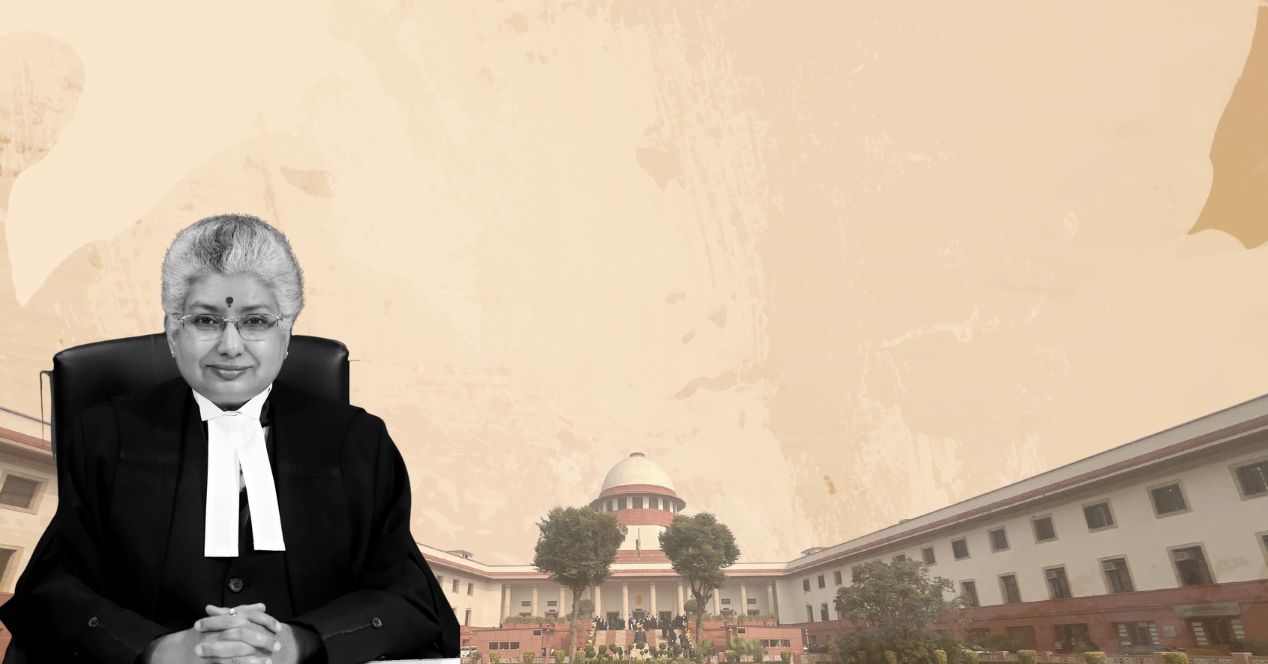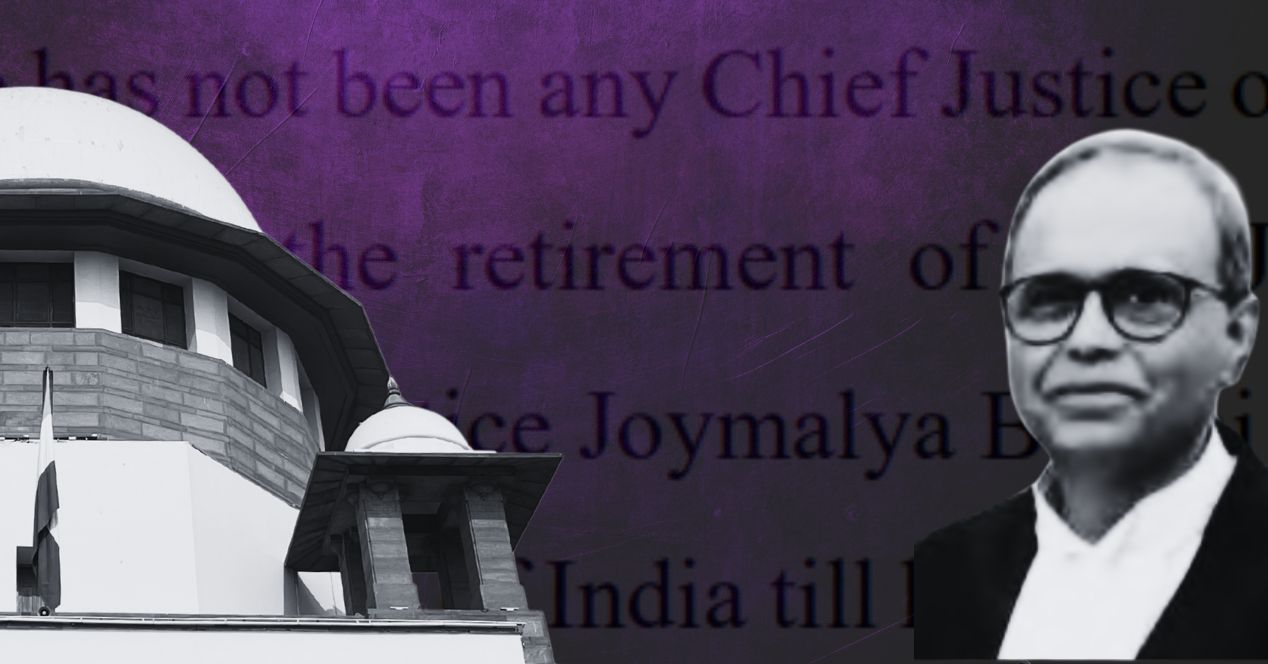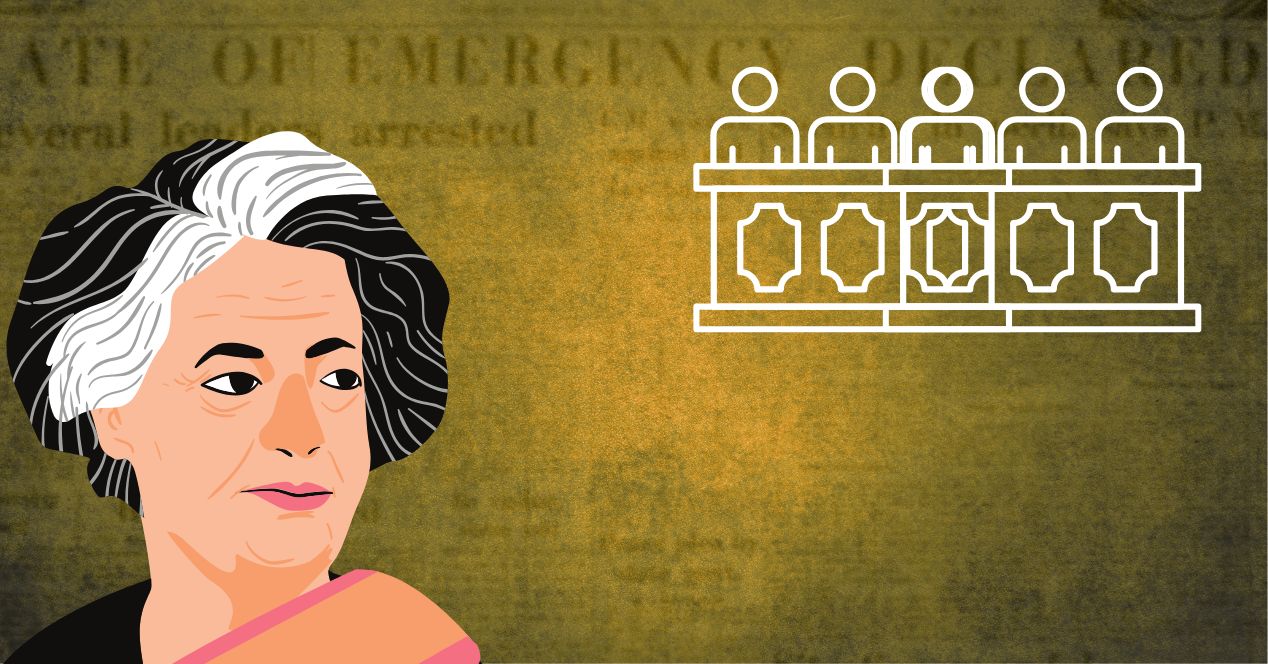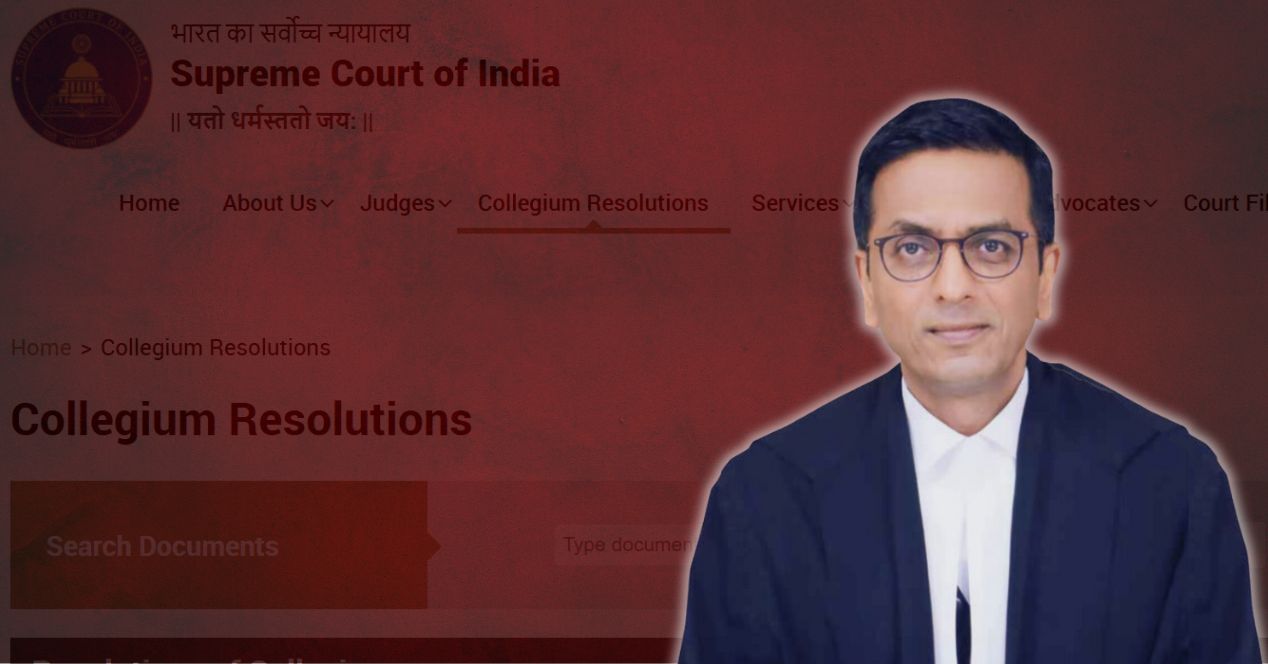Analysis
A tale of a transfer
For the first time, the Collegium has publicly acknowledged that it revisited—and changed—its decision at the Government’s request
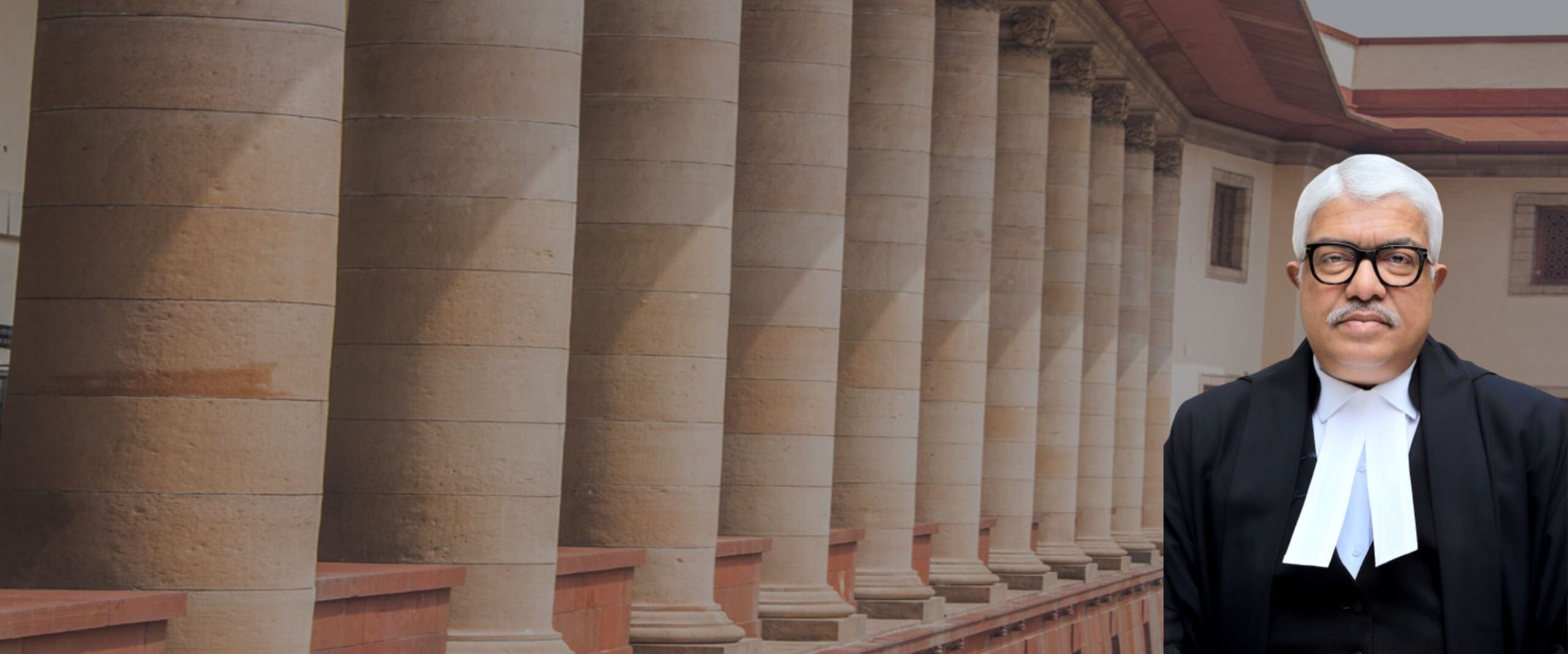
In an unusual admission, the Supreme Court Collegium led by Chief Justice B. R. Gavai acknowledged that “on reconsideration sought by the Government”, Justice Atul Sreedharan would be transferred from the Madhya Pradesh High Court to Allahabad instead of Chhattisgarh as initially proposed.
The Collegium’s decision to publicly record the Government’s request is an unprecedented one. This, even as the procedure developed in the Second Judges (1993) and Third Judges (1998) cases obliges the Collegium to revisit a recommendation if the Government so asks.
The resolution is silent on why the reconsideration was sought. However, the sequence of Justice Sreedharan’s recent transfers could be relevant in this context. In 2023, he had requested a move to the Jammu and Kashmir and Ladakh High Court so that his daughter could practice in Indore. In J&K, he built a reputation for judicial firmness: his Bench struck down several preventive detention orders under the Public Safety Act. In March 2025, he was brought back to Madhya Pradesh High Court, where he was fourth in seniority.
The retirement of Chief Justice Suresh Kumar Kait and the impending elevation of Justice Alok Aradhe meant that he would have become part of the High Court Collegium to recommend judges. In August, the Supreme Court Collegium recommended his transfer to Chhattisgarh, where, again, he would have been a part of the Collegium. But, within two months, the Court changed its decision and decided to move him to Allahabad, where he will now rank seventh and is unlikely to have a role to play in the Collegium before his retirement in May 2028.
The SC Collegium’s decision to alter his transfer has unsettled some observers. G. Mohan Gopal, professor and former director of the National Judicial Academy, sees this as part of a deeper pattern of transformation. “We are seeing an effort to fill High Courts with judges whose worldview is more comfortable for those in power—to make the judiciary a theocratic institution which can impose Vedic injunctions as a key pillar of the Hindu Rashtra,” he told me.
Retired Supreme Court judge M. B. Lokur expressed his disagreement with the very practice of judicial transfers. In a recently published essay as part of a collection, he revealed that he, and later Justice A.K. Sikri, had opposed the Union’s request to transfer Justice S. Muralidhar from the Delhi High Court “for a judgment he had delivered.” When Justice Murlidhar was eventually transferred to Punjab & Haryana, the timing raised eyebrows: the executive’s notification came on the day he pulled up the Delhi Police for not filing FIRs against three BJP leaders in connection with the Delhi riots.
Recently, former Supreme Court judge Abhay S. Oka observed that judges who took “bold decisions” during the 2020 Delhi riots “may have faced repercussions.” Without naming anyone, he referred to the midnight bench (which included Justice Muralidhar) that ensured safe passage for riot victims. “Someday,” he said, “we also have to consider whether the judges who met at midnight faced consequences for their bold decisions….”
Gopal sees the Sreedharan episode as part of that same continuum. “Judges with integrity and independence are being tossed around like political footballs,” he warned. Senior Advocate Sanjay Hegde remarked that the Collegium’s statement “only makes explicit what was implicitly happening.” Justice Lokur told me that “we must read the tea leaves—the Collegium is trying to send the country a message.”
Earlier this year, a Bench led by Justice Sreedharan had taken suo moto cognisance of remarks made by MP minister Kunwar Vijay Shah against Army officer Colonel Sofiya Qureshi, who was part of the team briefing the press during Operation Sindoor. The minister had referred to her as “the sister of terrorists” and “a woman from their community”. The Bench observed that his words prima facie amounted to promoting enmity between communities and directed the police to register an FIR the same day.
The Sreedharan episode unfolds against wider sensitivities around judicial transfers and Collegium formation. The constitutional provision for the transfer of HC judges was originally meant to strengthen courts where legal talent was scarce. As the years went by, transfers were justified in the name of “national integration”, “public interest” and “better administration of justice.” More recently, though, the mask has slipped further. A mechanism designed for administrative flexibility has become yet another space for the executive to flex its muscle.
Clarification: An earlier version carried the first part of G. Mohan Gopal’s first quote (“We are seeing an effort to fill High Courts with judges whose worldview is more comfortable for those in power”). The remainder—after the em dash—has been added post-publication at the interviewee’s request, following his concern that the earlier version didn’t capture the full intent of his remarks.
This article was first featured in SCO’s Weekly newsletter. Sign up now!

